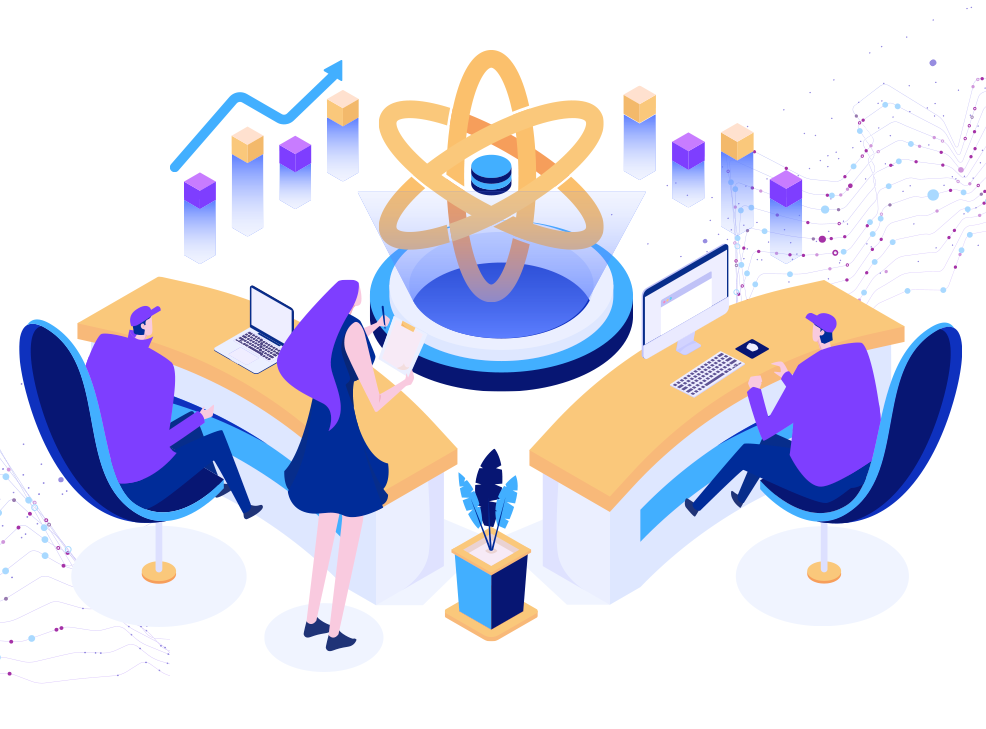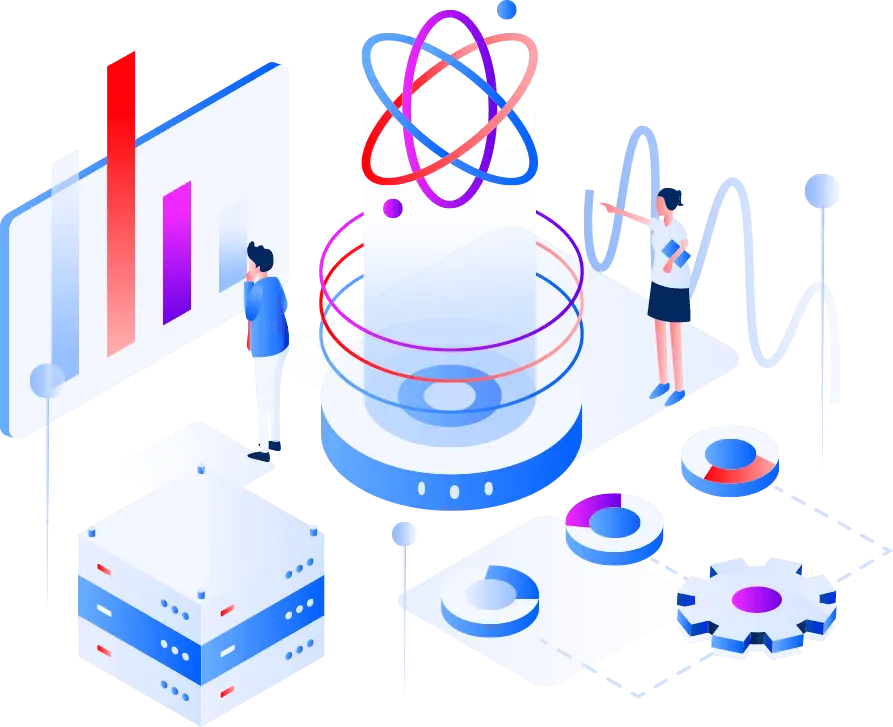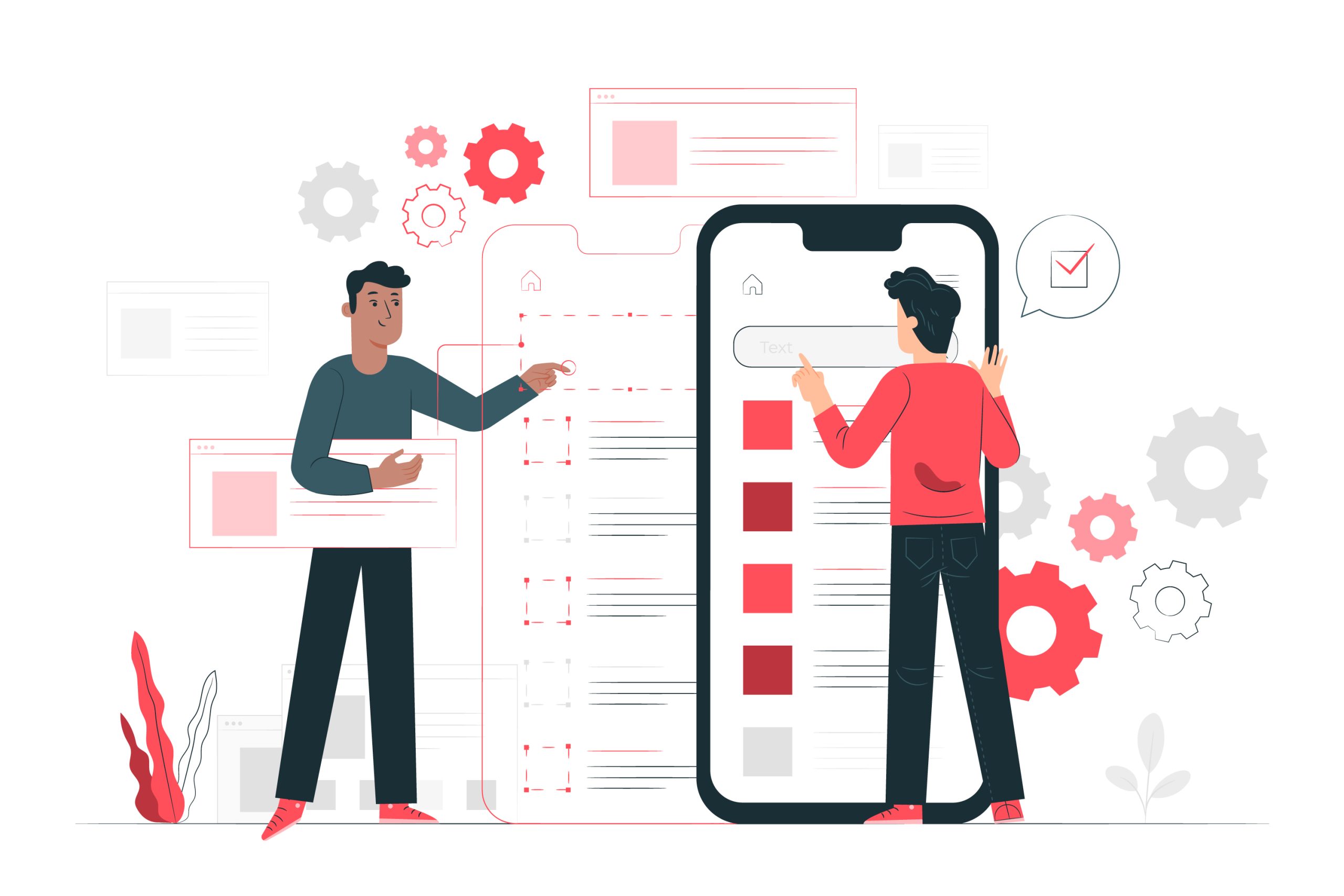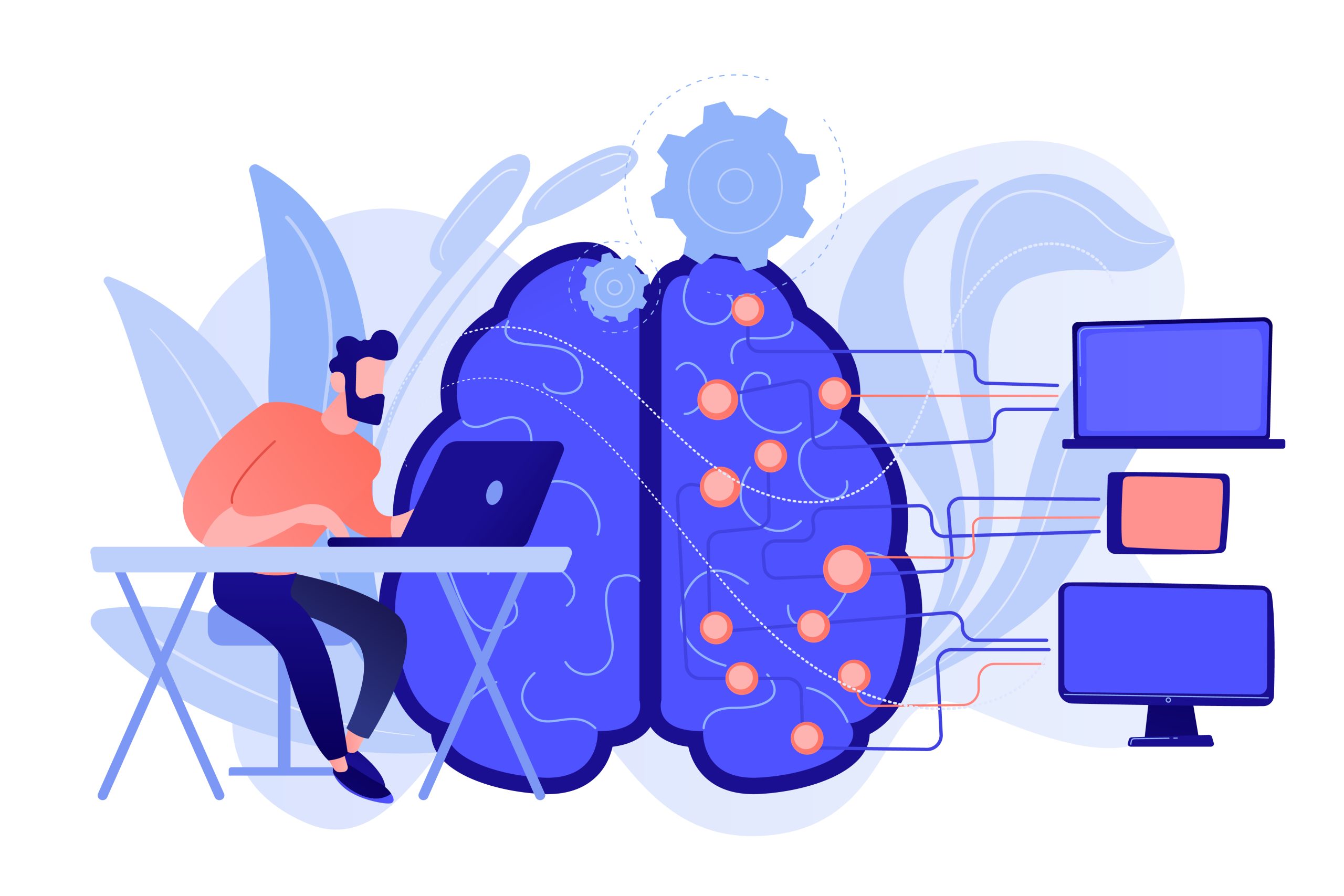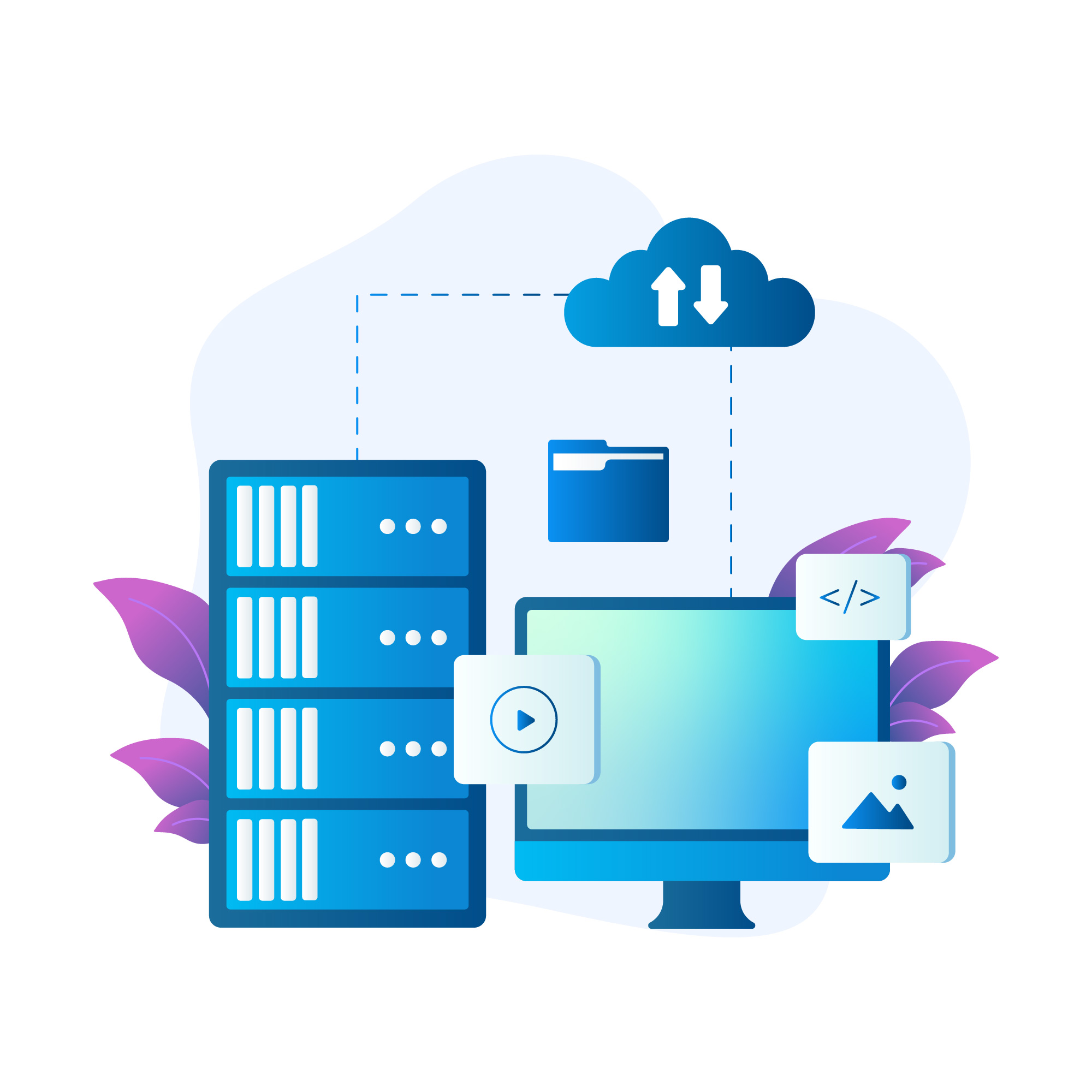Introduction
As we look back on a year in the digital landscape, a transformative shift from monolithic to microservices architecture stands as a defining feature of our technological journey. In the ever-evolving field of software development, adaptability emerges as a linchpin, and our venture has been marked by a significant transition promising heightened agility and innovation. This narrative aims to unravel the motivations, intricacies, and successes of this transformation, shedding light on the advantages, challenges, and best practices guiding us toward a more dynamic and responsive future.
Understanding Monolithic Architecture
In the early days of our digital existence, our applications were built as monoliths – large, tightly integrated systems where all functionalities were tightly coupled within a single codebase. While this approach simplifies development initially, it becomes a bottleneck as the application grows in size and complexity.
The Need for Change
As our business expanded, so did the demands on our software. Monolithic architectures proved to be inflexible and difficult to scale, hindering our ability to innovate quickly in response to market changes. Microservices, with their modular and decentralized structure, emerged as a solution to these challenges.
Benefits of Microservices Architecture
- Scalability:
- Microservices allow independent scaling of different components, ensuring optimal resource utilization and improved performance.
- Flexibility and Agility:
- Modular services enable teams to work independently on specific functionalities, promoting faster development cycles and easier maintenance.
- Resilience and Fault Isolation:
- Microservices architecture enhances fault isolation, preventing a failure in one service from affecting the entire system.
- Technology Diversity:
- Each microservice can be developed using different technologies, promoting the use of the best tools for specific tasks.
- Improved Collaboration:
- Independent microservices facilitate better collaboration among development teams, as they can work on different services simultaneously.
Challenges of Migration
While the benefits are clear, the journey from monolith to microservices is not without its challenges. Some common hurdles include:
- Data Management:
- Breaking down a monolith often involves addressing challenges related to data management, as services need to communicate seamlessly while maintaining data consistency.
- Integration Complexity:
- Coordinating the interactions between microservices can be complex, requiring careful planning and the implementation of effective communication channels.
- Cultural Shift:
- Adopting microservices often necessitates a cultural shift within the organization, embracing new development and operational practices.
- Monitoring and Debugging:
- Microservices environments can be more challenging to monitor and debug, as the interactions between services may not be as straightforward as in a monolithic system.
Roadmap for Transitioning to Microservices Architecture
Phase 1: Assessment and Planning
- Current State Analysis:
- Evaluate the existing monolithic architecture.
- Identify pain points, scalability issues, and areas for improvement.
- Business Alignment:
- Understand business goals and requirements.
- Identify how microservices align with business objectives.
- Skill Assessment:
- Assess the team’s skill set and readiness for microservices development.
- Identify training needs.
- Risk Analysis:
- Identify potential risks and challenges associated with the migration.
- Develop risk mitigation strategies.
Phase 2: Define Microservices Architecture
- Service Identification:
- Decompose the monolith into distinct, manageable services.
- Identify boundaries and dependencies.
- Data Management Strategy:
- Plan data migration and management strategies.
- Ensure data consistency and integrity across services.
- Technology Stack Selection:
- Choose appropriate technologies for each microservice.
- Consider factors like language, database, and framework.
- Communication Protocol:
- Define communication protocols between microservices.
- Consider RESTful APIs, message queues, or other suitable mechanisms.
Phase 3: Develop and Deploy
- Create a Prototype:
- Develop a prototype for a selected microservice to validate the chosen architecture.
- Gather feedback from stakeholders.
- Incremental Development:
- Adopt an incremental approach to developing and deploying microservices.
- Prioritize services based on dependencies and critical functionalities.
- Implement CI/CD Pipelines:
- Establish continuous integration and deployment pipelines for automated testing and deployment.
- API Gateway Implementation:
- Introduce an API Gateway to manage communication between microservices.
- Ensure consistency and security in API interactions.
Phase 4: Testing and Quality Assurance
- Unit Testing:
- Conduct thorough unit testing for each microservice.
- Ensure individual services function as intended.
- Integration Testing:
- Test the interactions between microservices.
- Address integration issues and ensure seamless communication.
- Performance Testing:
- Assess the performance of microservices individually and collectively.
- Optimize for scalability and responsiveness.
- Security Assessment:
- Conduct security audits and implement necessary measures.
- Ensure data protection and access control.
Phase 5: Deployment and Monitoring
- Rollout Plan:
- Develop a phased deployment plan.
- Monitor key performance indicators during each phase.
- Monitoring and Analytics:
- Implement robust monitoring tools for tracking microservices’ performance.
- Set up alerts for potential issues.
- Feedback Loop:
- Gather feedback from users and stakeholders.
- Iterate on improvements based on real-world usage.
Phase 6: Optimization and Continuous Improvement
- Performance Optimization:
- Continuously monitor and optimize the performance of microservices.
- Address any bottlenecks or scalability concerns.
- Cost Optimization:
- Evaluate and optimize infrastructure costs.
- Consider serverless options for efficiency.
- Team Training and Knowledge Sharing:
- Provide ongoing training for the team.
- Foster a culture of knowledge sharing and collaboration.
- Documentation:
- Maintain comprehensive documentation for each microservice.
- Document integration points and dependencies.
Conclusion
In commemorating our inaugural year, the pivotal decision to shift from monolithic to microservices architecture symbolizes a landmark achievement in our technological odyssey. Amidst the challenges encountered, the undeniable advantages of heightened scalability, flexibility, and resilience underscore the transformative impact of this evolution. By steadfastly adhering to best practices and cultivating a culture of perpetual improvement, we’ve not only navigated a successful transition but also laid the groundwork for a future marked by enhanced agility and innovation.
As we look forward to the unfolding chapters in our digital transformation journey, let’s raise a toast to the years ahead—rich with the promise of continued growth, technological prowess, and the unwavering spirit to adapt and thrive in an ever-evolving landscape. Cheers to the exciting road that lies ahead!




